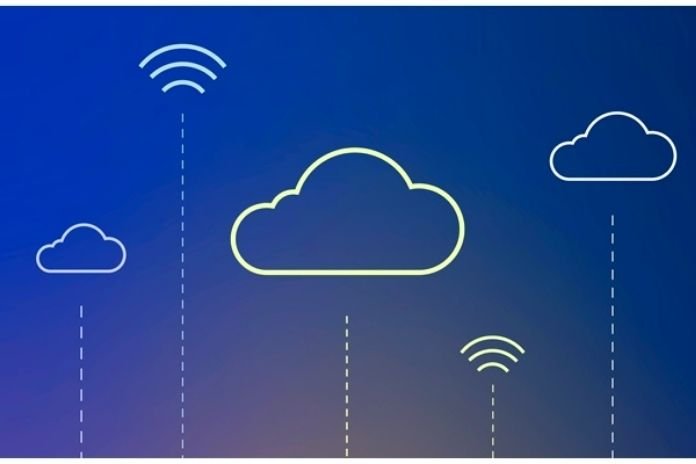The Distributed Cloud: What Is It Exactly?
Knowing how to manage computer systems has become one of the main challenges for companies to gain speed. In the context of the continuity of Edge Computing and to meet the expectations of companies, the notion of distributed Cloud, also known as the “future of the cloud,” officially made its entry in 2020. But, what is it? A distributed cloud? How does it work? What are its main advantages? What is it’s future?
Distributed Cloud
Distributed Cloud is a Cloud Computing service that acts as a public cloud in different locations. Indeed, many businesses can benefit from cloud services. They can also manage them from a single inspection station.
It should be noted that it is possible to use several applications in cloud environments that are adapted to the company’s needs. In other words, it is the best solution if there are management issues or operational outages on the hybrid Cloud. On the other hand, the DC service is the ideal basis for Edge Computing. It minimizes latency, risk of data loss, and network congestion. Also, it complies with data independence regulations.
The Distributed Cloud: How Does It Work?
To get a clear idea of how it works, one must first understand distributed computing. In this context, it should be noted that applications are made up of several elements distributed over several networked workstations that communicate via APIs or messaging.
It is a system comprising all the calculation operations performed by a public cloud provider in another data center. Depending on customer requirements, it can be distributed offsite, on a private cloud, or even in one or more data centers. In other words, the DC uses multiple micro cloud satellites that are spread across various locations to propagate the provider’s centralized Cloud.
The provider generally takes care of central inspection of operations, governance, updates, security, and infrastructure performance. On the other side, customers have access to all centralized satellites and services through a single control plane.
What Are The Main Strengths?
This system provides, in fact, many privileges. According to studies by Gartner, here are the main points that should be highlighted:
- According to regulations, optimized compliance: Data can be located where it needs to be.
- Accessibility: in the context where Cloud services are located on local subnets, they can be distinguished from the leading Cloud.
- Performance: it is possible to add nodes or virtual machines (VM) to adapt to the company’s needs. The distributed Cloud helps ensure good system performance and serves to improve the accessibility of the cloud system as a whole.
- Flexibility: it facilitates new services’ installation, debugging, and deployment.
- Minimize processing time: The distributed cloud system is faster in exploiting the computing resources of various methods. In addition, it allows more responsive communication for specific locations.
- Improved performance: unlike clusters of centralized computer systems, the distributed Cloud offers you good performance at a lower cost.
The Distributed Cloud System: What Is Its Future?
According to Gartner, the DC will evolve in two phases. He says companies will acquire cloud substations to prevent latency issues. We will then see a considerable increase in the number and accessibility of hosting locations and cloud services.
Customers do not accept the idea of giving access to their neighbors and prefer to keep the use of this system for themselves. The next generation of the distributed Cloud will operate on the premise that substations in cloud systems will be everywhere, like Wi-Fi hotspots. As for the physical boundaries of the distributed cloud system, they will deteriorate, allowing businesses to overcome latency challenges and have new opportunities to reach other customers in other locations.
Also Read: Important Facts About Cloud Gaming
Share this content:











Post Comment